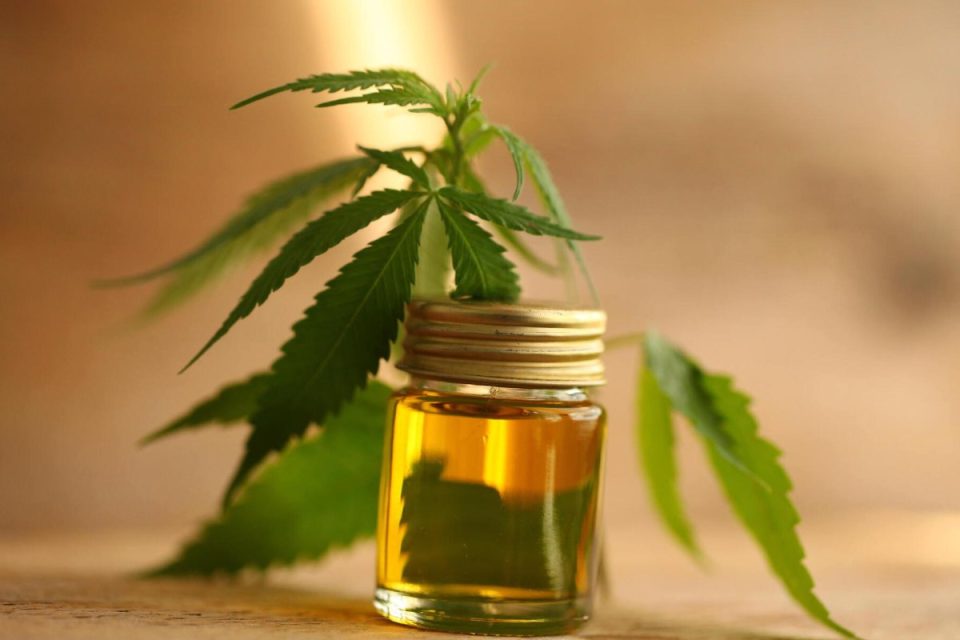CBD Oils: There are various types of cannabidiol (CBD) oils that contain 0.3 percent or less of the cannabinoid tetrahydrocannabinol (THC). CBD derives from the C. Sativa plant that can be found in Asia and Central America. The most potent components of the Sativa plant are the trichomes or glandular hairs.
Before a CBD-based product can be deemed “legal,” it must undergo extensive third-party testing to determine the potency, quality, and purity. The results must render THC content of 0.3 percent or less and high potency, purity, and quality levels to be a legal substance in the United States.
Table of Contents
How CBD Oil Is Categorized
There are three CBD oil categories, which are based on how they are marketed. These categories include the following:
- Medical-Grade – Some CBD oils are utilized to treat various medical conditions, such as seizures, depression, and anxiety. It is also utilized to treat symptoms associated with medical conditions. These include pain, edema (swelling), redness, nausea, and vomiting.
- Origin – CBD derives from two primary sources – hemp and marijuana. Only hemp-derived CBD products are deemed “legal” in the United States.
- Application – CBD-based products are available in oral and topical.
Anandamide (AEA) – Human THC
The substance Anandamide (AEA), derives from what scientists refer to as “non-oxidative metabolism” of eicosatetraenoic (arachidonic) acid. Like THC, CBD, and other cannabinoids, anandamide binds with cannabinoid receptors in three very important parts of the brain. These include the hippocampus, basal ganglia, and cerebellum, all of which control various body functions, such as habitual learning, voluntary motor, short-term memory, coordination, and problem-solving.
Anandamide also derives from some types of food, including chocolate. When most people think of this natural arachidonic acid derivative, they do not give much thought to the diet. The brain instantly comes to mind since it is a naturally occurring process.
Why Anandamide (AEA) Is Called The ‘Bliss Molecule’?
Anandamide (AEA) plays an important role in the brain as an N-arachidonoylethanolamine neurotransmitter and lipid mediator. Its main function is mood management, resulting in a blissful state, which is why it was deemed the “bliss molecule” by Illinois scientist William Anthony Devane, who is also responsible for its discovery.
After graduating from St. Louis University School of Medicine, Devane went on to work in the laboratory of Dr. Allyn Howlett. He partnered with Israeli chemist Raphael Mechoulam to discover the very important compound THC.
How Does Anandamide (AEA) Work?
Like THC and CBD, anandamide (AEA) works by binding with the brain’s cannabinoid receptors in the hippocampus, cerebellum, and basal ganglia. This interaction results in improved short-term memory, appetite, motor function, and pain control.
Results Of Anandamide (AEA) Synthesis
As an N-arachidonoylethanolamine neurotransmitter, anandamide helps humans control their appetite better. As the world is dealing with an obesity pandemic, humans can utilize all the help they can get to keep from overeating.
When anandamide synthesizes in the brain’s basal ganglia, it results in better habitual learning, voluntary motor movement control, and procedural learning. When anandamide (AEA) synthesizes in the brain’s cerebellum, it results in improved vision, eye movement, coordination, posture, and balance.
When anandamide (AEA) synthesis takes place in the brain’s hippocampus, memory and learning functions are enhanced significantly.
Why Anandamide (AEA) Is Used In Dietary Supplements?
Anandamide (AEA) can be found in a broad range of over-the-counter dietary supplements. The top Anandamide (AEA) manufacturer has partnered with manufacturers to create high-quality dietary supplements aimed at overeating, which has been shown to cause overweight issues and obesity.
The mere fact, humans are able to control their appetite through the help of anandamide-based dietary supplements says a lot.
Stave Off Anxiety And Depression
People all across the globe are reporting signs of depression and anxiety related to the COVID-19 virus. The virus has left millions of American, European, and Canadian workers unemployed. Even if you do not consider yourself a part- or full-time worker, you have felt the brunt of the coronavirus pandemic.
Government officials have banded together, encouraging their people to isolate themselves behind closed doors. Even short-term isolation has resulted in loneliness, weakness, and aggressiveness. Imagine what long-time isolation could do to your mental and physical capacities, which is why more and more coronavirus-impacted people are turning to anandamide supplementation.
Evidence shows this naturally-occurring compound has properties that can effectively and safely minimize anxiety and depression symptoms.

